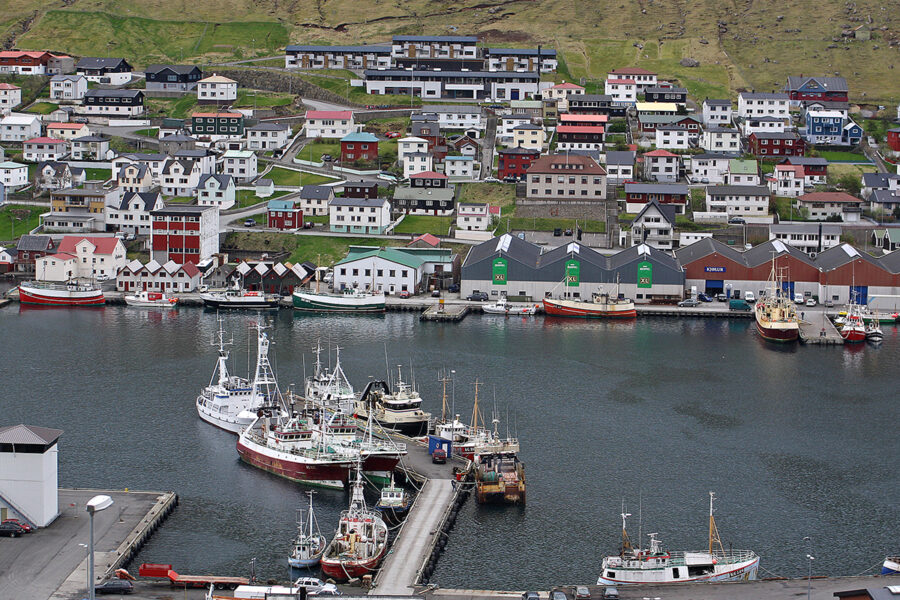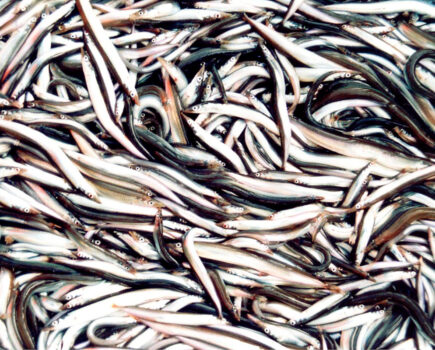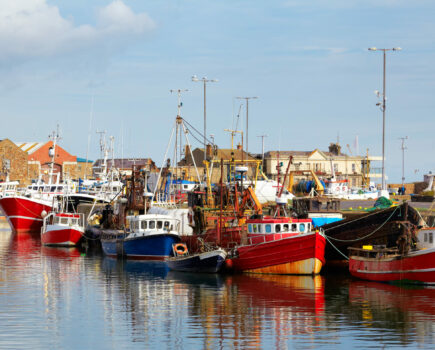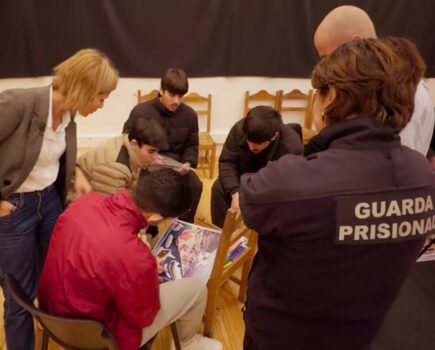This article on how a days at sea system operates in the Faroe Islands, instead of quotas, has been written for Fishing News by former Faroese skipper and fishing industry commentator Eivind Jacobsen.
The days at sea system has been used in Faroe for the past 20 years, and all demersal fishing around Faroe today is managed by a days at sea system.
Pelagic vessels and fishing rights that Faroese fishing vessels have in Faroe and other countries are all based on quotas.
Advice from ICES and scientists is unreliable. Politicians listen too much and nobody discusses the reliability of scientific advice. In my opinion, the unreliability of scientific advice is the largest, and maybe the only, reason why regulating fisheries is a problem. It is also my opinion that scientific advice can absolutely not be used for regulations.
One of the main reasons for the success of days at sea is that it automatically corrects the mistakes of scientists.
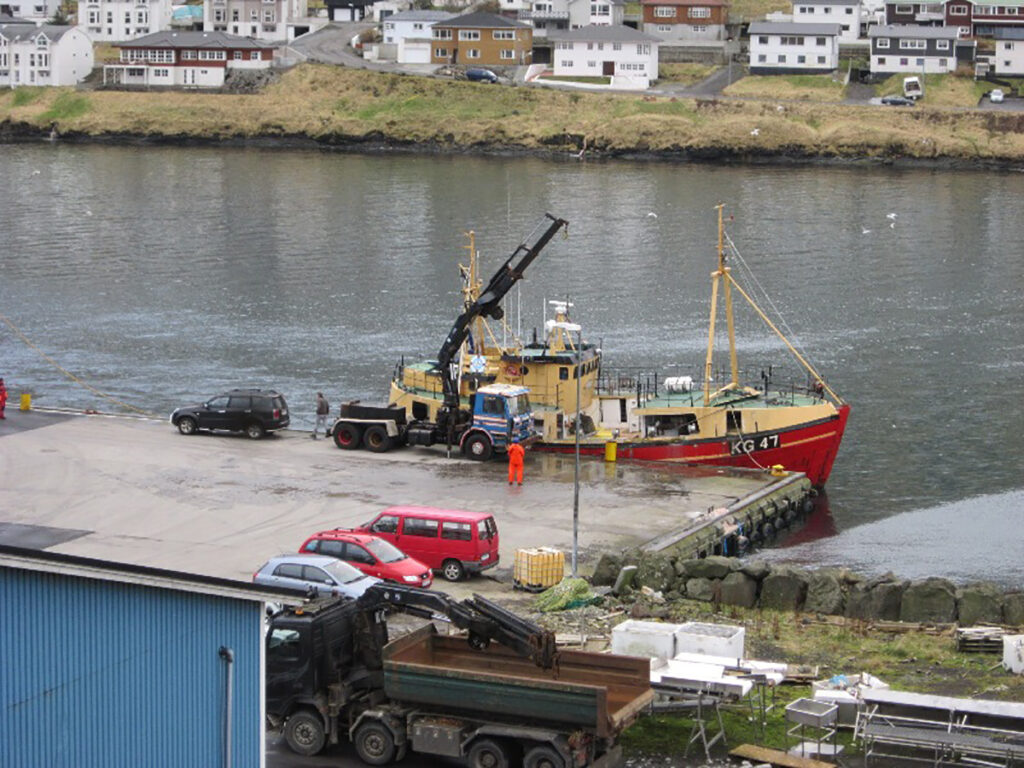
Fishing is of key socio-economic importance in the Faroe Islands.
Introduction
For more than 100 years, we were fishing with almost no limits. Around 1960, every country established 12-mile limits and around 1975 they were increased to 200 miles. All our vessels had to fish in Faroese waters. Anybody could apply for a licence and the government decided who obtained a licence. They were pretty well distributed but the economy was poor. Before 1992, vessels had fishing rights and you could fish as much as you wanted and as many days as you wanted.
The Faroe Islands went bankrupt in 1992 and creditor conditions were that a quota system must be introduced. Overfishing was blamed for poor economics of the fleet.
We had a quota system from 1994 to 1996. But as cod stocks increased strongly, quotas were a disaster. Everybody knows how quotas work. In a small country where everybody knows everybody else, it is not possible to work with a system where everybody is cheating.
Politicians understood that they had to fix the system so they set up a joint committee with the fishing industry. After a relatively short negotiation, the committee drew up a plan for a days at sea system to replace quotas.
Because MPs in Faroe in 1995 knew the fishing industry and listened to people, they understood the problem. With a days at sea system they solved two major problems – cheating and mistakes by scientists. At that time the mistakes by scientists reduced the Faroe Islands’ gross domestic product (GDP) by 5-10%.


Days at Sea system in Faroe
Days at sea were introduced in 1996. The demersal fleet was divided into seven groups and the number of days at sea each group had used from 1984 until 1994 was calculated. Every vessel in each group was then allocated an equal number of days.
The table below shows how many days each type of vessel received, total vessels and total number of days. It is to be expected that the smallest vessels get the best deal when the system is changed. This is because of social considerations and to help remote areas.
Vessels are free to catch any fish they can find. When they start a fishing trip they register with a telephone call to a computer and when they return they register again. Registration is calculated in hours and minutes.
As the size of a stock increases, you should catch more per day and less when it decreases. If the number of days set is correct they can be kept constant forever. But because some productivity gain must be expected with the days at sea system, an automatic reduction of between 0% and 1.5% per year, by law, in the number of days is probably a good idea. This avoids scientists claiming a reduction is needed.
As the UK fishing industry uses quotas, statistics will change dramatically in the first year of a change to days at sea. That will surprise many outside the fishing industry and will create big problems with ICES and other scientists. The fishing industry is well advised to be prepared for this.

